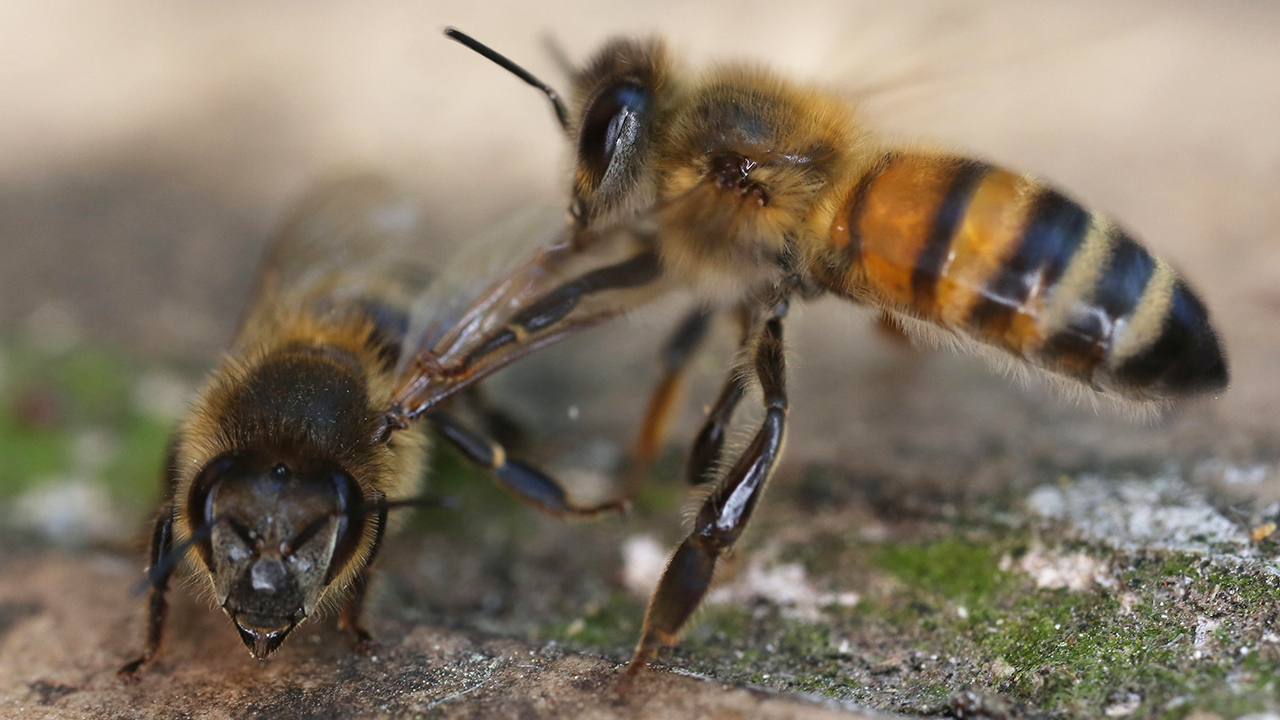A special group of workers in honey bees (Apis cerana), namely undertakers, perform ‘undertaking behaviour’ to remove dead. The undertakers rely on death associated signal when performing the undertaking behaviour. However, it remains unclear how undertakers instantly recognize dead honey bees.
In a study published in Entomologia Generalis, researchers from Xishuangbanna Tropical Botanical Garden (XTBG) tried to identify the signals used by undertakers to detect death in honey bees.
The researchers compared the body temperature and volatiles from live and dead bees, by using semi-volatile collection, gas chromatography (GC), and coupled GC-mass spectrometry (GC-MS). They then analyzed the effect of body temperature on the evaporated cuticular hydrocarbons (CHC emissions, CHEs) using thermal imaging and simulation. They also tested the antennal perception of bees toward specific cuticular hydrocarbons (CHCs) using GC-electroantennographic detection (GC-EAD). With synthetic CHCs and other honey bee pheromones, they performed inhibition and release bioassays.
The study demonstrated that the removal of body dissections is related to cuticle area, not specific to the gland; the instant honey bee life/death signal is of cuticular origin; the major chemical difference between live and dead bees is the reduced CHEs in dead bees.
Temperature and vapour pressure analyses indicated that reduced CHEs were caused by the lowered body temperature of dead bees. Bioassays with heating apparatus, CHC regulation, and cross pheromone addition confirmed that CHE caused by body heat is the life signal from active bees and inhibits undertaking behaviour.
Heated but CHC-reduced (by solvent washing or long heating evaporation) bees were removed, which indicated that body heat alone cannot be life signal. Heated dead bees coated with different amounts of wax were removed at different speeds depending on the wax quantity, suggesting that the removal was dose-dependent, and bees with lower CHEs were removed faster. Other tactile or non-volatile cues always being included in controls showed no inhibition.
“This study confirmed the CHEs as life signal for sensitive and straightforward death recognition used by undertakers,” said WEN Ping, first author of the study.
Contact
WEN Ping Ph.D
Key Laboratory of Tropical Forest Ecology, Xishuangbanna Tropical Botanical Garden, Chinese Academy of Sciences, Mengla, Yunnan 666303, China
E-mail: wenping@xtbg.ac.cn

A honey bee drags a dead hive mate away.AGENCJA FOTOGRAFICZNA CARO/ALAMY STOCK PHOTO

